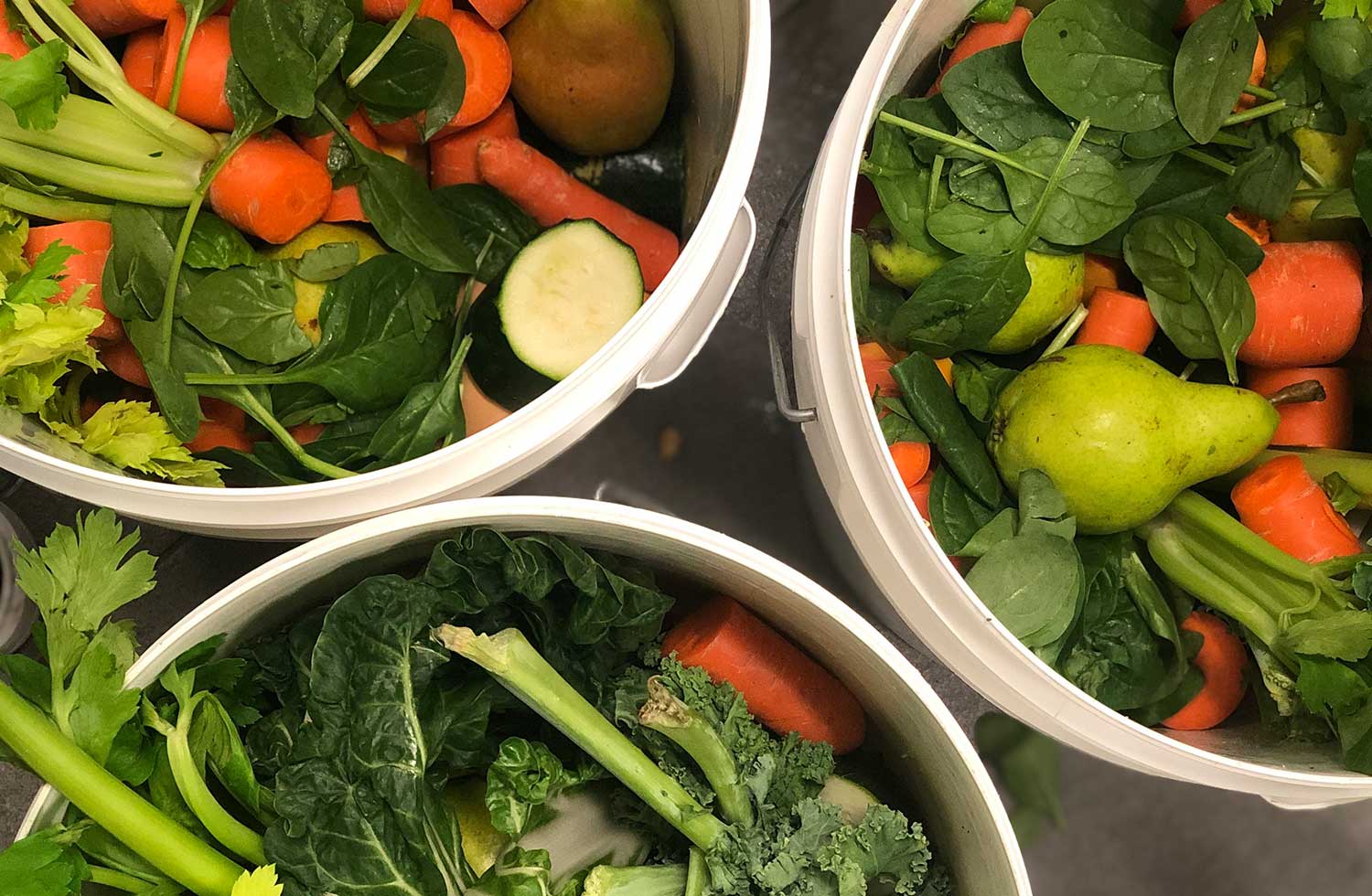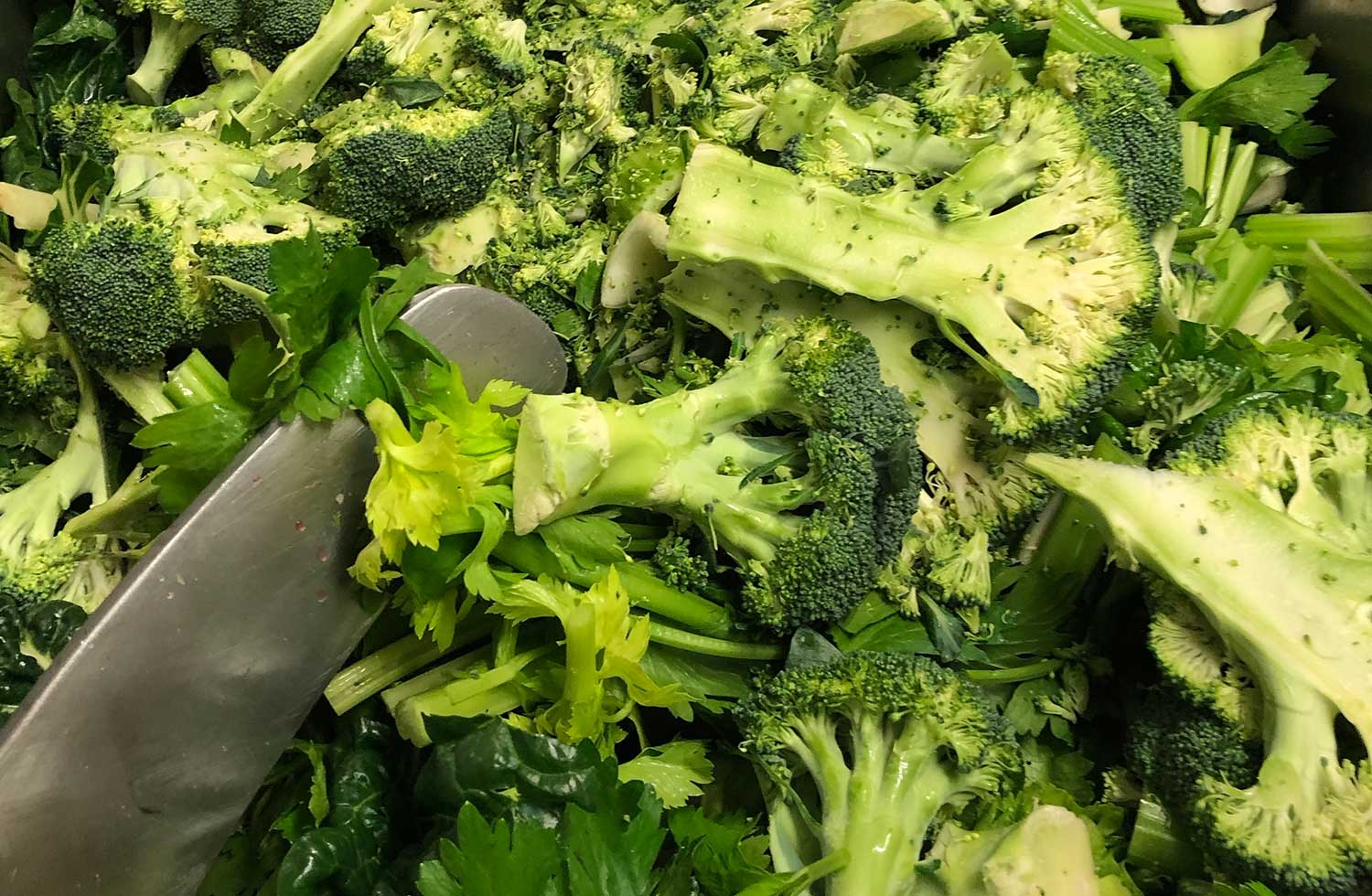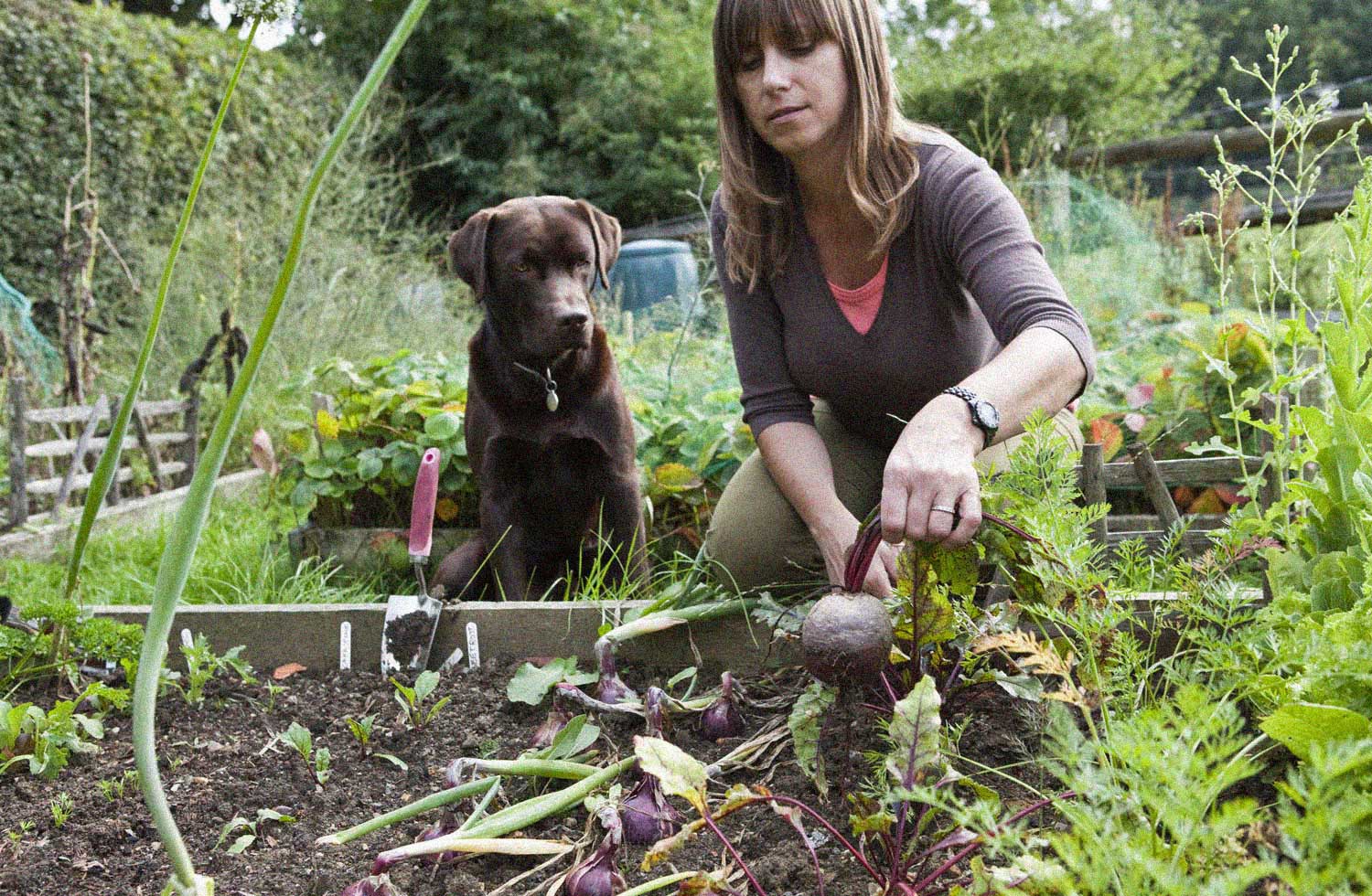To feed your dog vegetables or not? That is the question.
If you’ve been hanging out in the world of doggy food and nutrition for any length of time, you will probably be aware that one of the most hotly debated topics is whether dogs are carnivores or omnivores. One of life’s great mysteries.
Well. Sort of. Not really.
In theory, I have no major issue with classifying dogs as omnivores, because technically it would not be strictly incorrect to do so. Dogs and their wolf ancestors are well documented to scavenge for some plants. But so are many other carnivores, and these “grey area” creatures are generally considered to be facultative carnivores, based on a number of other physiological features. Being omnivorous is really more of a spectrum, and there is no defined point of meat to plant ratio where a species stops being a facultative carnivore and becomes an omnivore. And regardless of whether you consider dogs to be carnivores or omnivores, it shouldn’t change the food they eat.

Because omnivore and carnivore are just words.
I personally favour referring to dogs as carnivores with some opportunistic omnivorous tendencies. The reason I favour this label is that, in my experience, when people or pet food companies aggressively insist that dogs are omnivores, they then use this classification as the basis of feeding them a whole lot of unsuitable and nutritionally bereft ingredients that NO animal should eat, regardless of their nutritional status.
Dogs carry all the physical markers of being a carnivore. Like most predators, their eyes are set forward for depth perception, and without the wide-ranging peripheral vision that prey animals possess. Their jaws are hinged to open widely, which allows them to pull down prey with ease, and consume large feasts after a successful hunt. Conversely, their jaws don’t have the capacity to move sideways, a motion reserved almost exclusively for grinding plant matter (did you just move your jaw?). Their teeth, including their rear molars, are sharp and almost jagged, for ripping and tearing, and are not suitable for grinding and mashing. Their stomachs are up to 100 times more acidic than ours – akin to battery acid – and their digestive system is short to expel pathogens quickly, not long for fermenting plant matter. They do not produce the enzyme necessary for breaking down starches in their mouths like we do, although they do now produce a little in the pancreas to account for the changes in diet that domestication has brought around. This single evolutionary marker is heavily relied upon to make the case that dogs have evolved to become omnivores but, really, they have just evolved to compensate for the fact that we treat them as if they are. Clever cookies.

Despite all of this, as a nutritionist, I generally advocate for the inclusion of some plant matter in a canine diet, whether it be in the form of fruits, veggies, seeds, oils or powders. This may seem confusing after I have just explained in detail why I believe dogs to be carnivores, but it needn’t be. I don’t advocate for willy-nilly, nutritionally redundant or heavily processed plant matter in large amounts, like you might find on your local pet food shelves. Hell no. I advocate for the inclusion of thoughtful, functional whole foods that offer nutritional and digestive benefits, and just so happen to come from plants.
Because while a dog’s physiology might clearly indicate that they are designed to eat a prey-based diet modelled on their ancestral food sources, I can almost guarantee that even the most seasoned raw feeder isn’t truly providing this. See, dogs in the wild didn’t eat 80% lean beef mince, export grade kangaroo fillets and plucked chicken wings. They ate fur, feathers, eyes, sinew, bums, hooves, blood guts and gore. And everything animals in the wild do is for a reason.
You’re unlikely to find these at your local butcher, but these foods all served a metabolic purpose in the diet and it is our responsibility to replicate that as closely as possible. So, unless your butchers sells unwashed rectums and testicles (jealous if they do!), we need to find alternate sources of nutrients like manganese and vitamin E, and we need to ensure we’re providing things like prebiotic fibre, probiotics and digestive enzymes in a manner that facilitates good gut health and thus the overall health of your beloved Fluffy. And the easiest way to do this… you guessed it. Plants.

In our next post, we’ll go over some of the best choices for adding nutritious, functional plant matter to your dog’s diet and some of the benefits they can provide.

























































